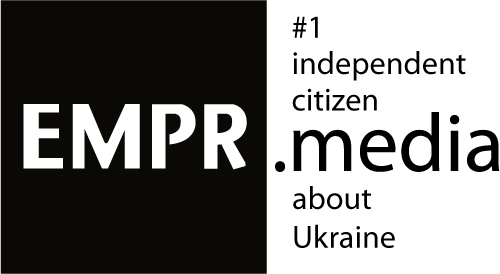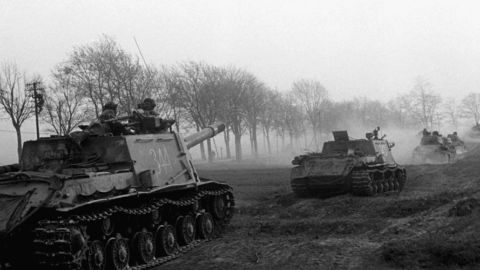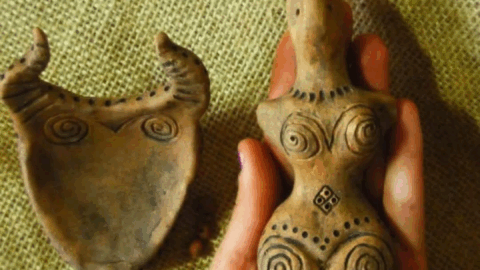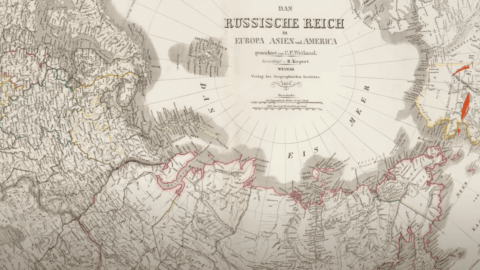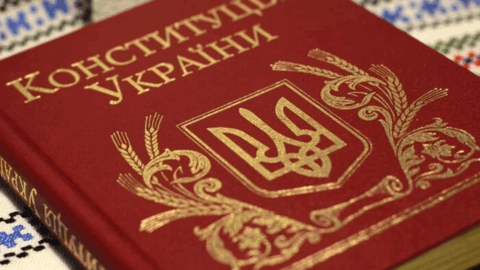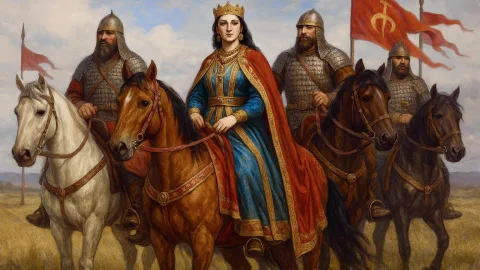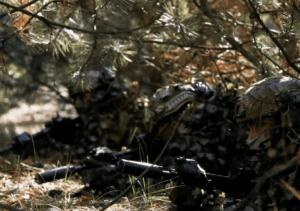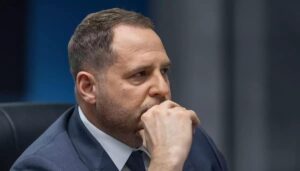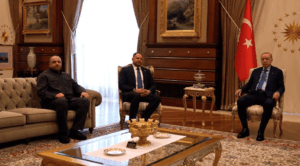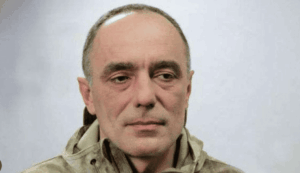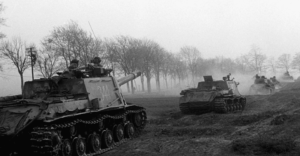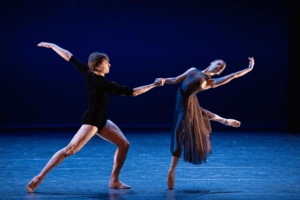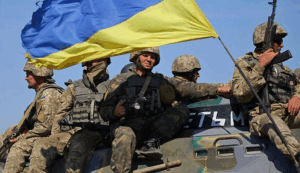From Batu to Janibek, the Golden Horde khans ruled Rostov-Suzdal and Muscovy, shaping the foundations of Russian statehood long before Moscow became independent.
The Principality of Moscow was founded by Khan Mengu-Timur in 1277. So what “heritage of Kyivan Rus” are Russians babbling about?
Moscow and Muscovy are products of the state-building of the Tatar-Mongol Empire and the personal possession of Mengu-Timur, khan of the Golden Horde. It was reported by Vyacheslav Sikora.
It was during his rule that Moscow first appeared as a settlement, recorded in 1272 — that is, during the third Tatar-Mongol poll census. The first Muscovite ulus (principality) emerged within the Golden Horde in 1277, when Khan Mengu-Timur granted a yarlyk “for ruling” to the younger son of Alexander Nevsky, Danyl, who by that time had reached adulthood (16 years old) according to Tatar-Mongol law.
So, we have finally reached the truth so carefully concealed by the great russians: the settlement of Moscow began to be populated by the Moxel tribes starting in 1272, and the hereditary Muscovite principality appeared in 1277. It was Khan Mengu-Timur of the Golden Horde — not Yuriy Dolgorukiy — who became the true founder of Moscow and the Muscovite ulus.
From then on, the Golden Horde khans would support their own creation — Muscovy — in every possible way. With the help and decisions of Sarai, Muscovy would soon embark on the path of the so-called “gathering of the Russian lands.”
But this very concept of “gathering” would appear much later, when an empire would rise on the bones of thousands of the slain and would need a “great distant past.” That is when the Russian elite would begin stealing everything foreign to pass it off as their own. They would even renounce the forefathers of their statehood — the Tatar-Mongols — not to mention rejecting their own indigenous Finno-Ugric ethnic roots: the Merya, Muromians, Meshchera, Ves, Pechora, Permians, Moksha, Mordvins, etc.
The true rulers and kings of the Rostov-Suzdal and Muscovite principalities from 1238 to 1357 were:
1. Khan Batu (Saina), 1238–1250;
2. Khan Sartaq, 1250–1257;
3. Khan Berke, 1257–1266;
4. Khan Mengu-Timur, 1266–1282;
5. Khan Tuda-Mengu, 1282–1287;
6. Khan Talabuga, 1287–1290;
7. Khan Tokhta, 1291–1312;
8. Khan Uzbeg, 1312–1342;
9. Khan Janibek, 1342–1357.
These historical figures were the true forefathers of Russian statehood.
Tags: mongol Moscow Russia